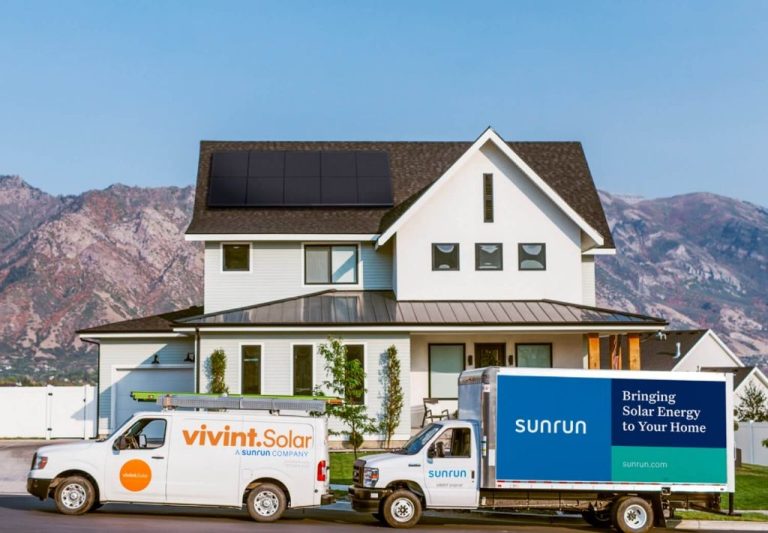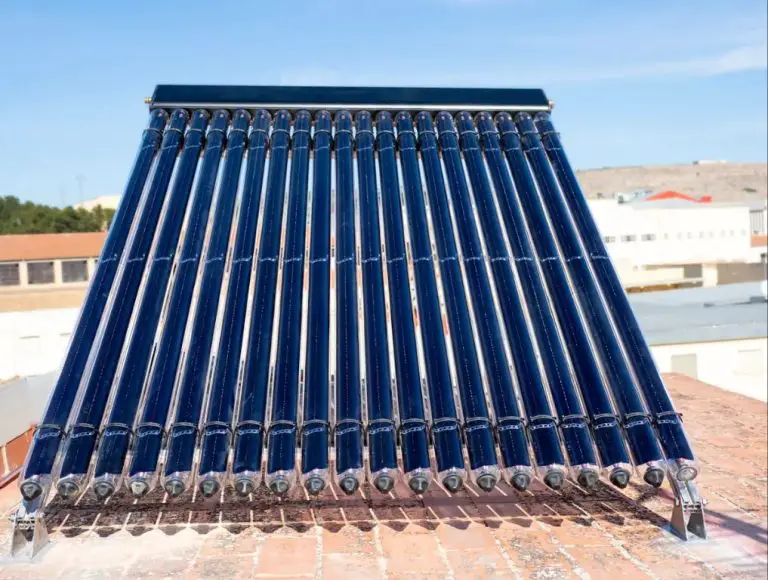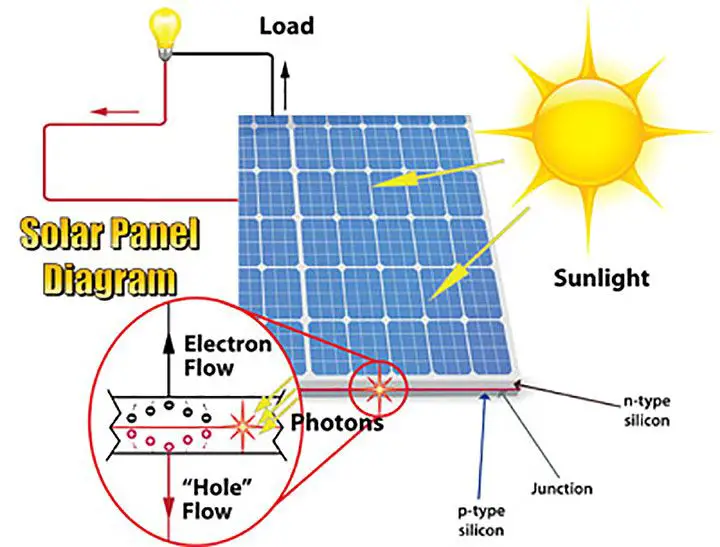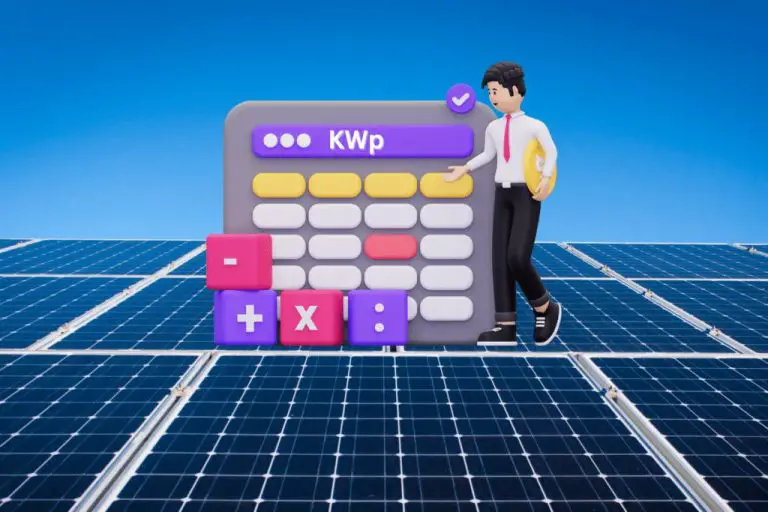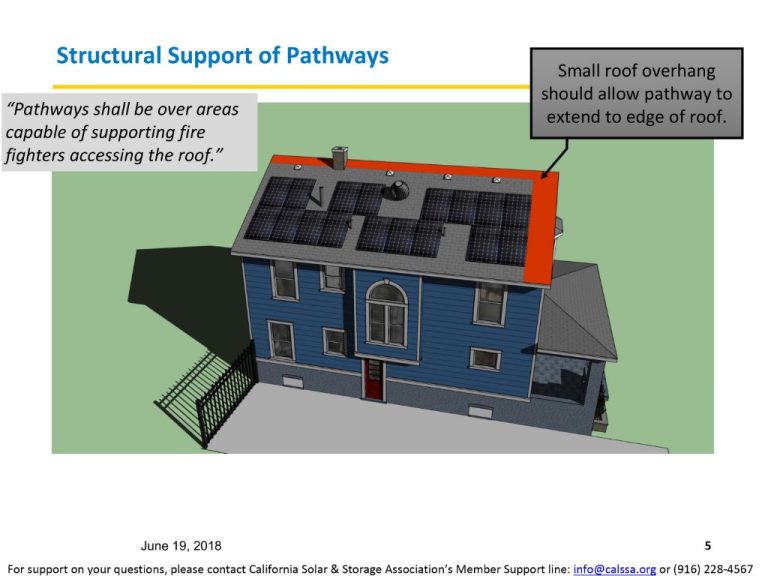What Is The Main Challenge For Solar Power Today?
High Upfront Costs
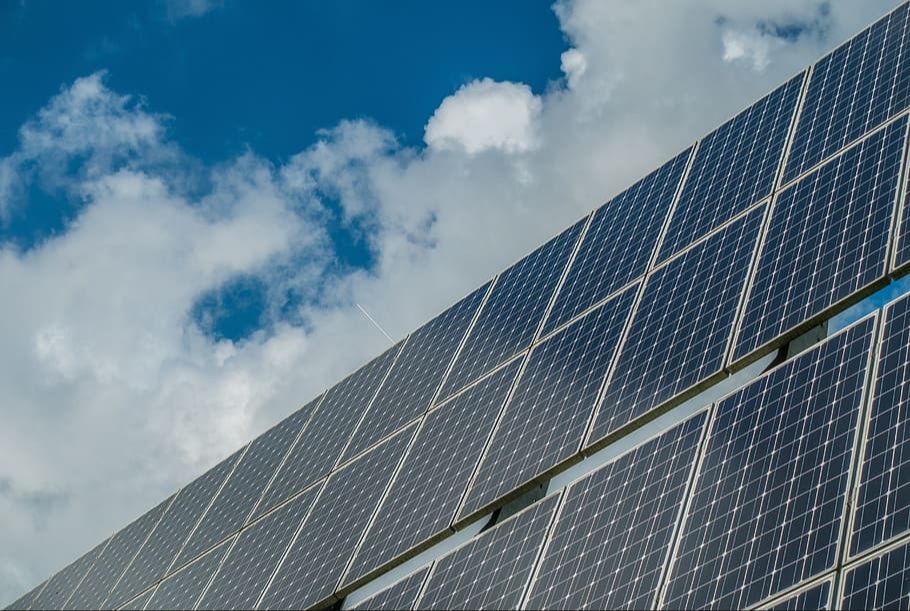
One of the biggest challenges facing solar power today is the high upfront costs required to install solar photovoltaic (PV) systems. The main components of a solar PV system – the solar panels, inverters, batteries, wiring, and labor – can cost tens of thousands of dollars for a typical residential system. Larger commercial and utility-scale systems can cost millions of dollars to install. These high capital costs pose a significant barrier to widespread solar adoption.
The cost of solar panels themselves has fallen dramatically over the past decade, declining over 80% since 2008. However, the balance of system costs, such as inverters, mountings, and labor have not fallen as rapidly. Additionally, storage batteries to enable solar PV systems to provide power at night can add thousands more in upfront expenses.
For homeowners, businesses, and utilities interested in installing solar, securing financing for these initial capital costs can be challenging. Loans, tax credits, rebates, and other incentives can help defray some of these expenses. But the sheer magnitude of upfront investment required is one of the key obstacles limiting solar PV installations today, especially compared to incumbent power generation technologies like coal, natural gas, and nuclear which require less upfront capital.
Intermittency
One of the main challenges for solar power is its inherent intermittency, meaning it only generates electricity when the sun is shining. Unlike traditional fossil fuel power plants which can generate consistent power 24/7, solar panels cannot produce electricity at night or when heavy cloud cover blocks sunlight (Source). This intermittency creates difficulties in integrating large amounts of solar generation into the electric grid and meeting demand when solar resources are unavailable. Studies show solar power can experience significant generation ramps and fluctuations over the course of a day as sunlight levels change (Source 2). These generation peaks and valleys from solar intermittency can potentially destabilize the grid if not properly managed. Thus overcoming intermittency remains a key challenge in scaling up solar energy.
Storage Limitations
One of the main challenges for solar power is the need for energy storage. Solar panels can only generate electricity when the sun is shining. At night or on cloudy days, solar panels do not produce power. This intermittency means that solar energy needs to be stored so it can be used when the sun isn’t shining.
Batteries are one way to store solar energy, but they have limitations. As noted in this article, lithium-ion batteries are currently the most common type used to store solar power. However, they can be expensive and have a shorter lifespan than some alternatives. Lead-acid batteries are cheaper but larger and heavier. New battery technologies like flow batteries may provide better solutions in the future.
Thermal storage of solar heat and mechanical storage of potential energy are other ways to store solar that avoid some battery limitations. But overall, the intermittent nature of solar remains a key challenge until economical, large-scale energy storage is more widely available.
Transmission Infrastructure
The growth of large-scale solar power generation is dependent on access to transmission infrastructure that can carry the electricity from the solar facilities to end users (https://solareis.anl.gov/guide/transmission/). Major investments are needed in high-voltage transmission lines to unlock the full potential of utility-scale solar power (https://www.doi.gov/ocl/renewable-energy-transmission-infrastructure). Currently, there are limitations in being able to get the solar power from sunny, rural areas where large solar farms are located to high-demand urban areas. Building out transmission infrastructure involves permitting and regulatory issues as well as high costs.
Organizations like the Solar Energy Industries Association advocate for policy changes to enable transmission infrastructure investments and planning to integrate more renewable energy (https://www.seia.org/initiatives/transmission). Upgrades such as dynamic line ratings, grid sensors, and storage solutions along with high-voltage direct current (HVDC) lines can help to unlock the nation’s abundant solar resource.
Land Usage
One of the main challenges for solar power is the large land area required for utility-scale solar farms. According to The True Land Footprint of Solar Energy, solar farms typically use 3-10 acres per megawatt produced. This means a 100 MW solar farm would require around 300-1,000 acres of land. While solar panels take up a lot of space, the land underneath them can still be used for grazing or growing certain crops. However, converting agricultural land to solar farms is still controversial.
Solar industry groups argue the land impact is relatively small. The Solar Energy Industries Association states that the majority of solar farms are on privately-held land, and go through extensive state and local permitting processes. But some argue that converting agricultural land to solar farms takes away cropland needed for food production. According to an NCSU article, when transferring agricultural land to solar, farmers should carefully examine impacts on local food supply and community needs.
Permitting/Regulations
One of the biggest challenges for large-scale solar projects is navigating the complex permitting and regulatory processes. Utility-scale solar often requires approvals from multiple government agencies at the local, state and federal levels. According to research from Brookings (https://www.brookings.edu/articles/how-does-permitting-for-clean-energy-infrastructure-work/), these projects typically need a land-use permit from the city or county based on zoning and planning ordinances. There are also often state-level environmental permits required. At the federal level, solar projects may need approvals from agencies like the Bureau of Land Management if built on public lands.
The permitting process for solar is often lengthy, taking 1-3 years in some cases according to analysis from Energy Transitions (https://www.energy-transitions.org/publications/planning-and-permitting/). The delays and uncertainty around permitting can deter investment in solar projects. Streamlining the permitting and regulatory processes through comprehensive reforms could help accelerate the deployment of utility-scale solar.
Grid Integration
One of the main challenges for solar power is integrating large amounts of solar generation onto the electric grid. As more solar power comes online, grid operators have to maintain the delicate balance between electric supply and demand. Solar output can fluctuate throughout the day and grid operators have to be able to ramp other power plants up or down to accommodate these changes (Solar Systems Integration Basics).
Solar variability combined with two-way power flows can strain the grid infrastructure. Upgrading transmission lines, advanced inverters, and grid monitoring technologies can help alleviate some of these challenges. Ultimately, grid modernization investments and new market mechanisms will be needed to allow high levels of solar penetration (Integrating Solar Energy into the Grid Challenges and Remedies).
Economics
The economics of solar power have improved dramatically over the past decade, making it increasingly cost-competitive with conventional power sources in many markets. However, solar’s competitiveness often still depends on policy incentives and regulations that help account for its environmental benefits and offset its higher upfront costs compared to fossil fuels (The Economics of Solar Power, Investopedia).
For example, federal tax credits, net metering policies, renewable portfolio standards, and carbon pricing programs help make solar more economically viable for both utilities and consumers. The expiration of federal tax credits in the U.S. could negatively impact solar adoption if new policies are not enacted (The Dark Side of Solar Power, Harvard Business Review).
Additionally, integrating large amounts of solar onto the electric grid requires upgrades to transmission infrastructure, advanced inverters, and improved load forecasting. Who bears these integration costs can also affect solar’s economics.
Aesthetics
One challenge facing solar power is that some view large solar farms as aesthetically unpleasing or an eyesore on the landscape. According to research from Solartribune.com and reports, many argue that solar farms “ruin their view or the pastoral nature of their communities” (https://solartribune.com/the-aesthetics-of-solar-why-looks-matter/). There are concerns that the panels and associated infrastructure are unsightly and detract from the natural beauty or character of rural areas. This can lead to local opposition to proposed solar projects for primarily aesthetic reasons, even if they support renewable energy in general.
Proper siting and screening can help mitigate aesthetic concerns, but as noted in research from ANL, “Aesthetic issues are by their nature highly subjective” (https://solareis.anl.gov/guide/environment/). As solar continues to expand, especially utility-scale farms, overcoming aesthetic objections will likely remain a challenge in some communities. Balancing renewable energy goals with local priorities regarding views and scenery poses difficulties. Nonetheless, the aesthetic drawbacks of solar panels are outweighed for many by their environmental benefits.
Conclusion
There are several key challenges facing solar power adoption today. The high upfront costs of solar panel systems make it a significant investment that can deter many homeowners and businesses. Intermittency of solar generation depending on weather and daylight hours also poses integration challenges with the wider grid. Limits to existing storage technology make it difficult to rely solely on solar power around the clock.
However, there are also promising solutions in the pipeline. Continued declines in solar panel costs along with financing options can help overcome cost barriers. Advancements in battery storage tech and capacity will allow for greater ability to smooth out intermittency issues. Smart inverters and grid management improvements will enable wider and more reliable solar integration. Rooftop solar mandates on new constructions can drive volumes while economies of scale bring down soft costs related to permitting, regulations, and installation. Overall the challenges are surmountable, and the future is bright for greater solar adoption.


